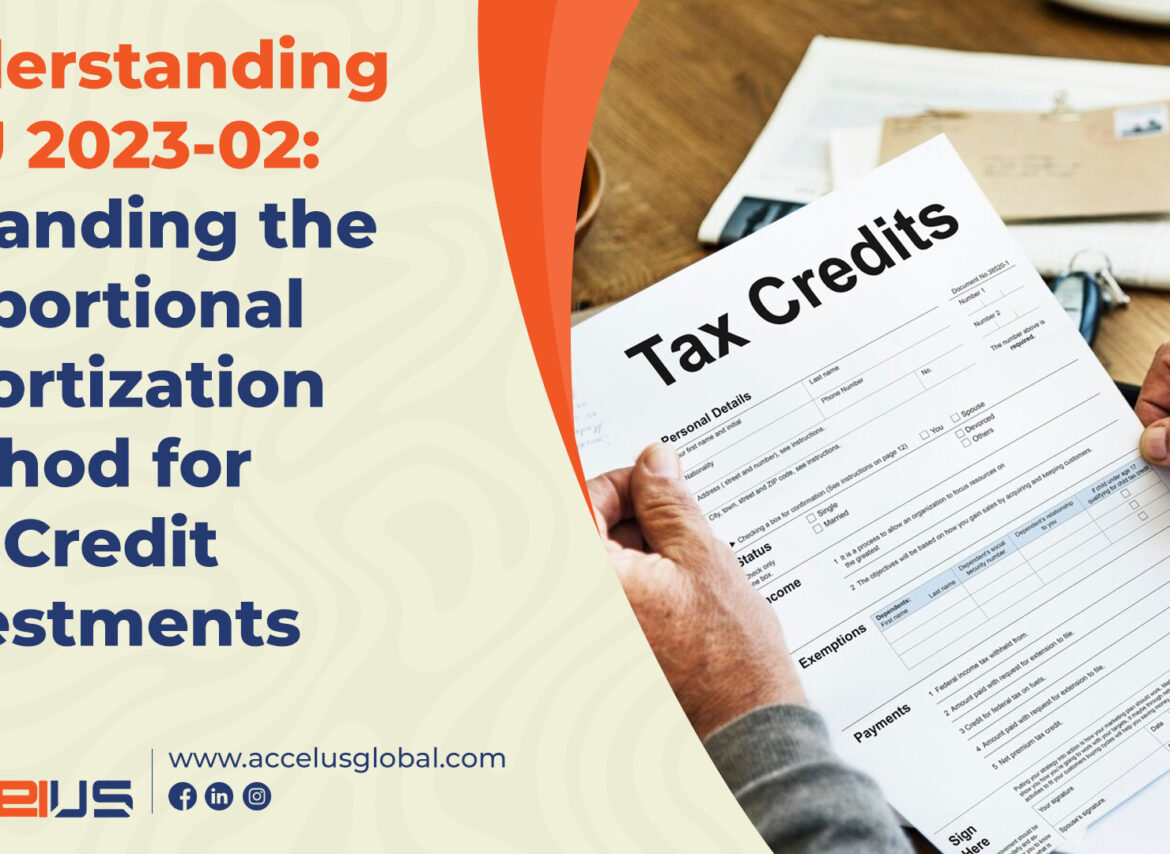The Low-Income Housing Tax Credit (LIHTC) program has long played a crucial role in incentivizing private capital investment in affordable housing. Unlike traditional equity investments that generate returns from cash flows and appreciation, LIHTC investors benefit primarily from tax credits and related tax benefits. However, accounting complexities have historically led to financial statement presentations that do not fully reflect the economic reality of these investments.
To address these challenges, the Financial Accounting Standards Board (FASB) issued ASU 2014-01, introducing the proportional amortization method. This approach allowed LIHTC investors to present investment amortization and tax credits on a net basis within income taxes on the income statement. The result was a more accurate depiction of the financial performance of these investments. Over time, stakeholders advocated for extending this treatment to other tax credit programs, leading to the issuance of ASU 2023-02.
What Changed with ASU 2023-02?
ASU 2023-02 expands the availability of the proportional amortization method beyond LIHTC investments to include other economically similar tax credit programs, such as:
- New Markets Tax Credit (NMTC)
- Historic Tax Credit (HTC)
- Renewable Energy Tax Credit (RETC)
This update allows entities to make an accounting policy election at the program level, rather than at the reporting entity or individual investment level. Once elected, the proportional amortization method must be applied consistently to all investments within that program.
Key Conditions for Eligibility
To qualify for the proportional amortization method, an investment must meet the following criteria:
- Availability of Tax Credits: It must be probable that the investor will receive the anticipated income tax credits.
- No Significant Influence: The investor must not exercise significant influence over the project’s operations and financial policies.
- Substantially All Benefits Are Tax-Related: The majority of projected benefits must come from tax credits and other income tax benefits. Refundable tax credits should be included in the denominator but not the numerator in the “substantially all” test. The calculation should use discounted values consistent with the investor’s cash flow assumptions.
- Positive Projected Yield: The projected yield, based solely on tax credits and tax benefits, must be positive.
- Limited-Liability Investment: The investor must be a limited-liability investor, with liability restricted to its capital investment.
How the Proportional Amortization Method Works
Under this method, the investment’s initial cost is amortized over the period in which the investor receives tax benefits. The amortization is calculated as follows:
A practical expedient allows entities to amortize the initial investment cost solely in proportion to income tax credits if the resulting measurement is substantially similar to the full calculation.
Implications for Investors
Expanding the proportional amortization method under ASU 2023-02 provides a more accurate reflection of the economic performance of tax credit investments. By aligning accounting treatment across multiple tax credit programs, the update enhances comparability and transparency in financial reporting. Investors in NMTC, HTC, and RETC projects can now benefit from the same streamlined reporting previously available only to LIHTC investors.
Final Thoughts
ASU 2023-02 represents a significant step forward in the accounting treatment of tax credit investments, providing consistency and improved financial statement presentation. Organizations that invest in tax credit programs should assess whether electing the proportional amortization method aligns with their financial reporting objectives. By doing so, they can achieve a clearer representation of the economic value derived from these investments.
Contact AccelUS for more!





